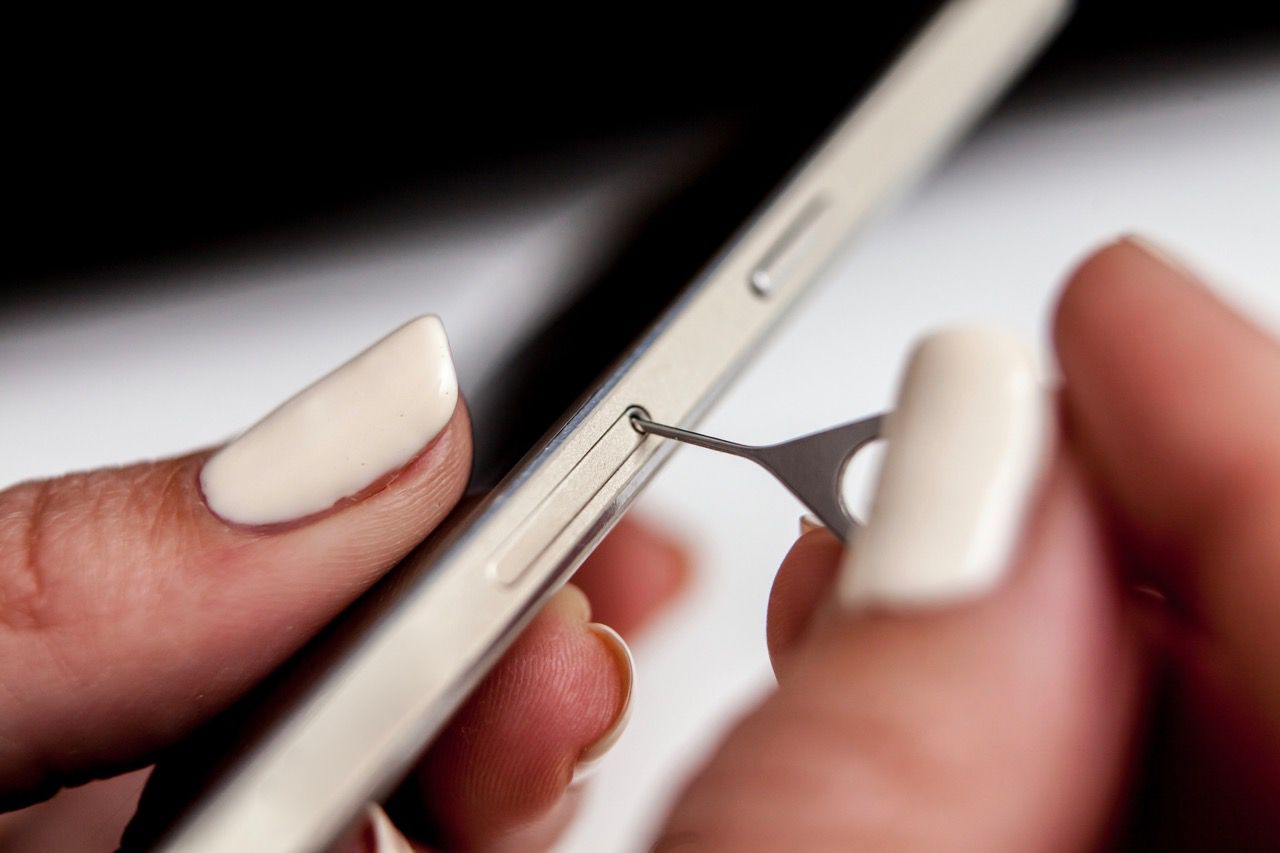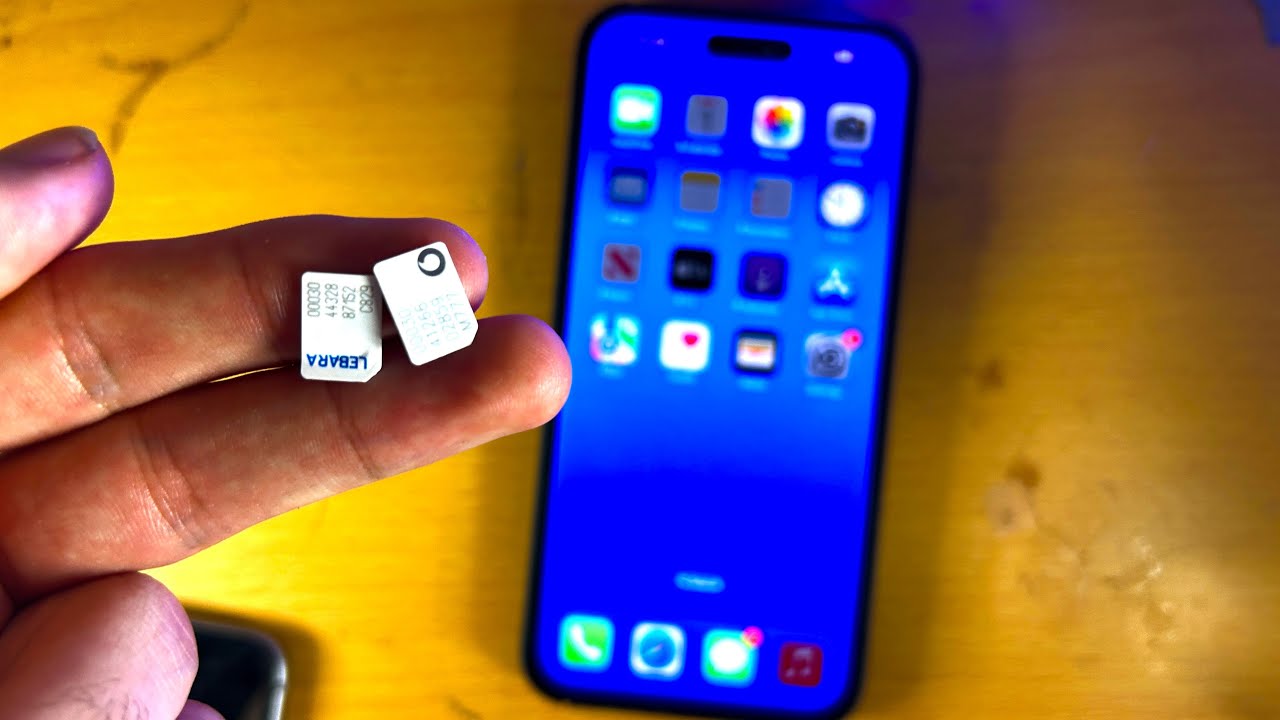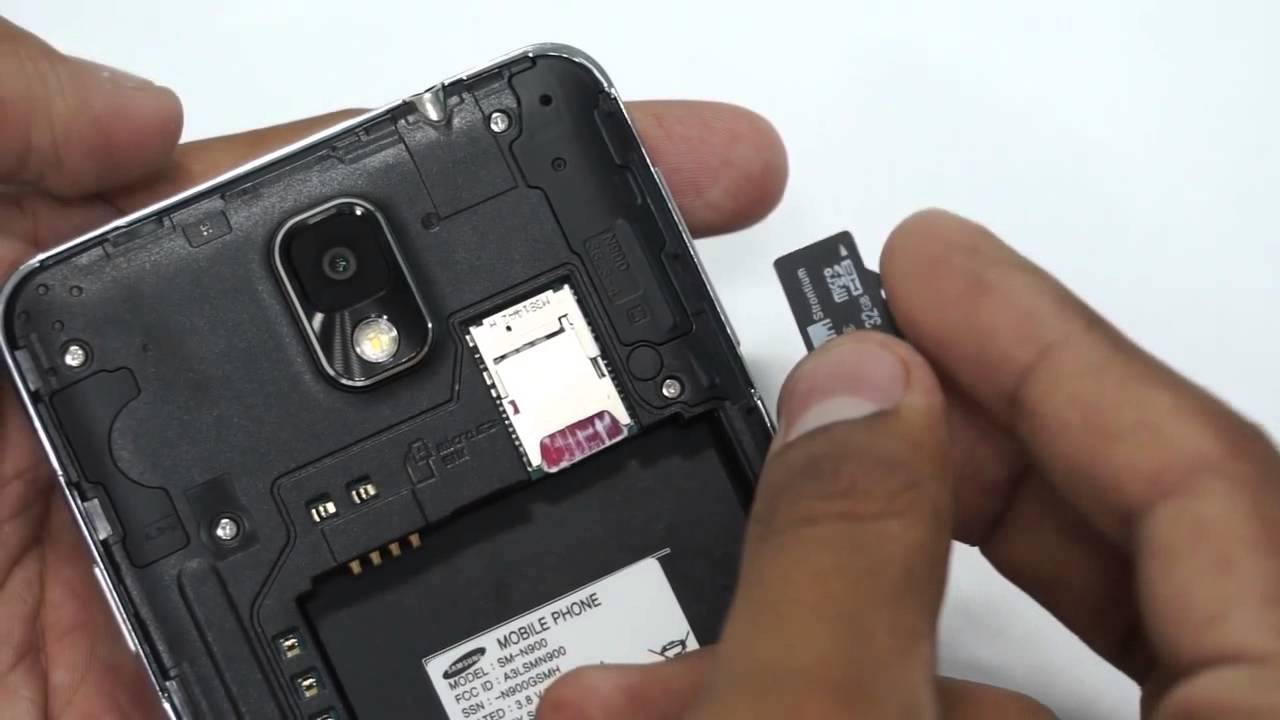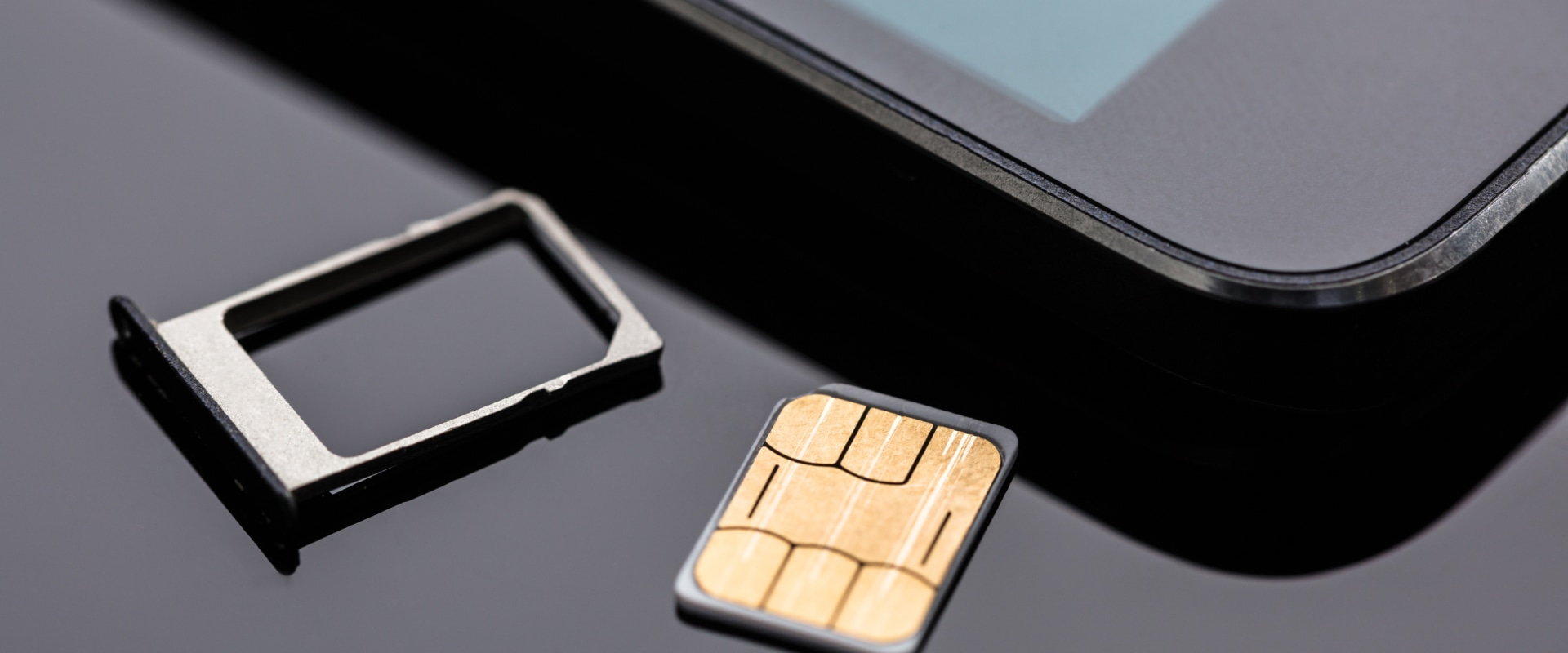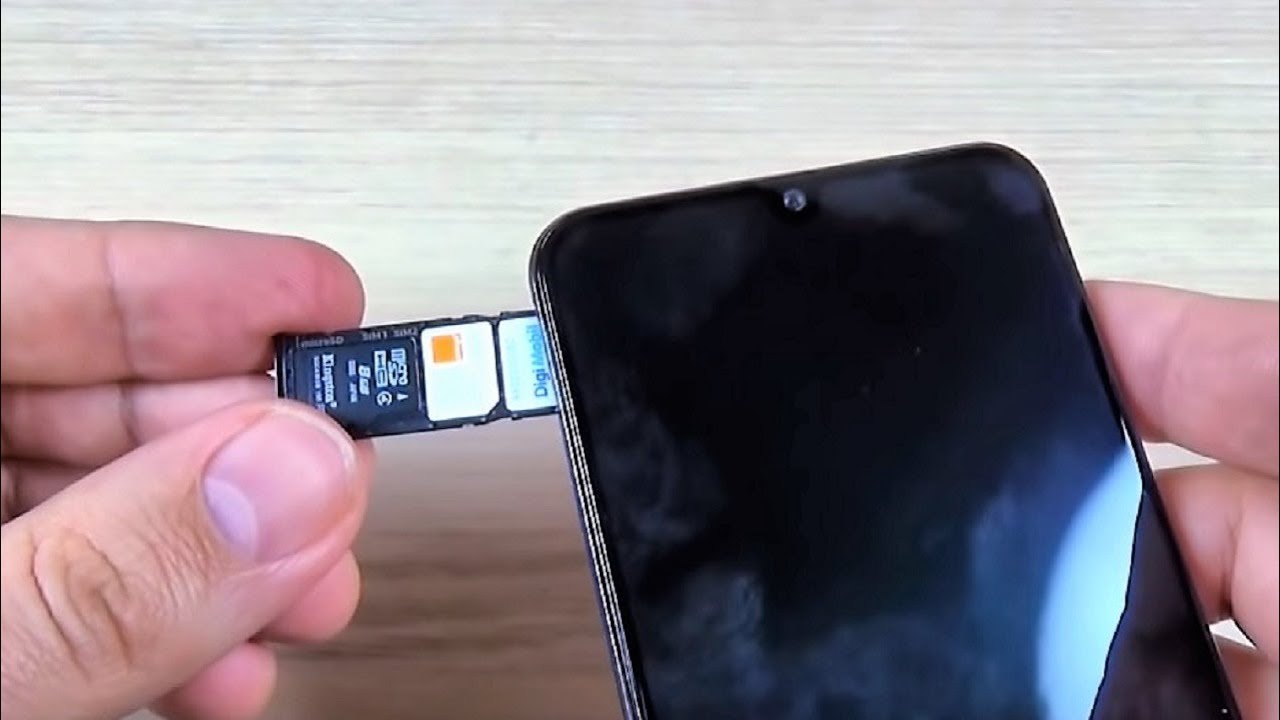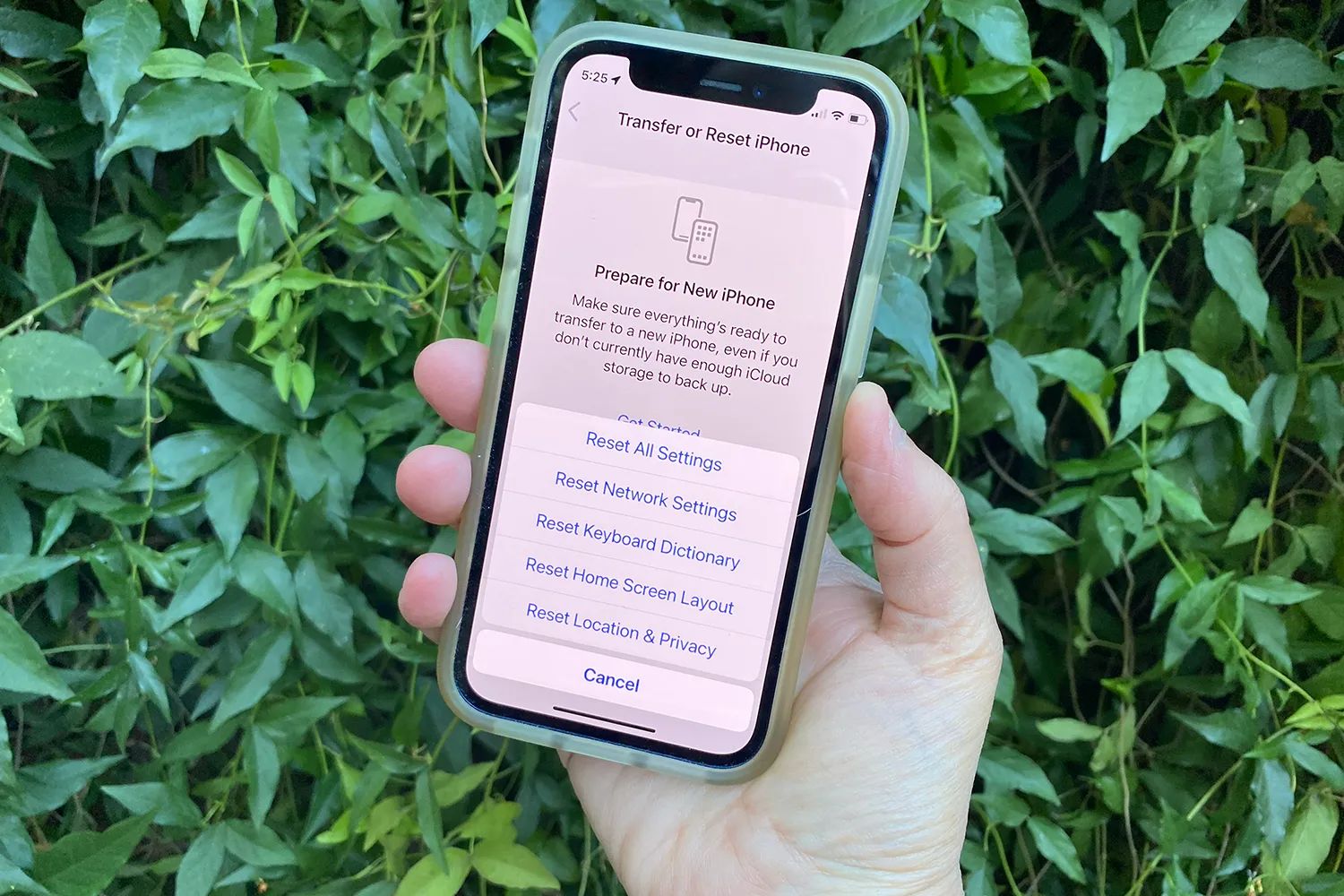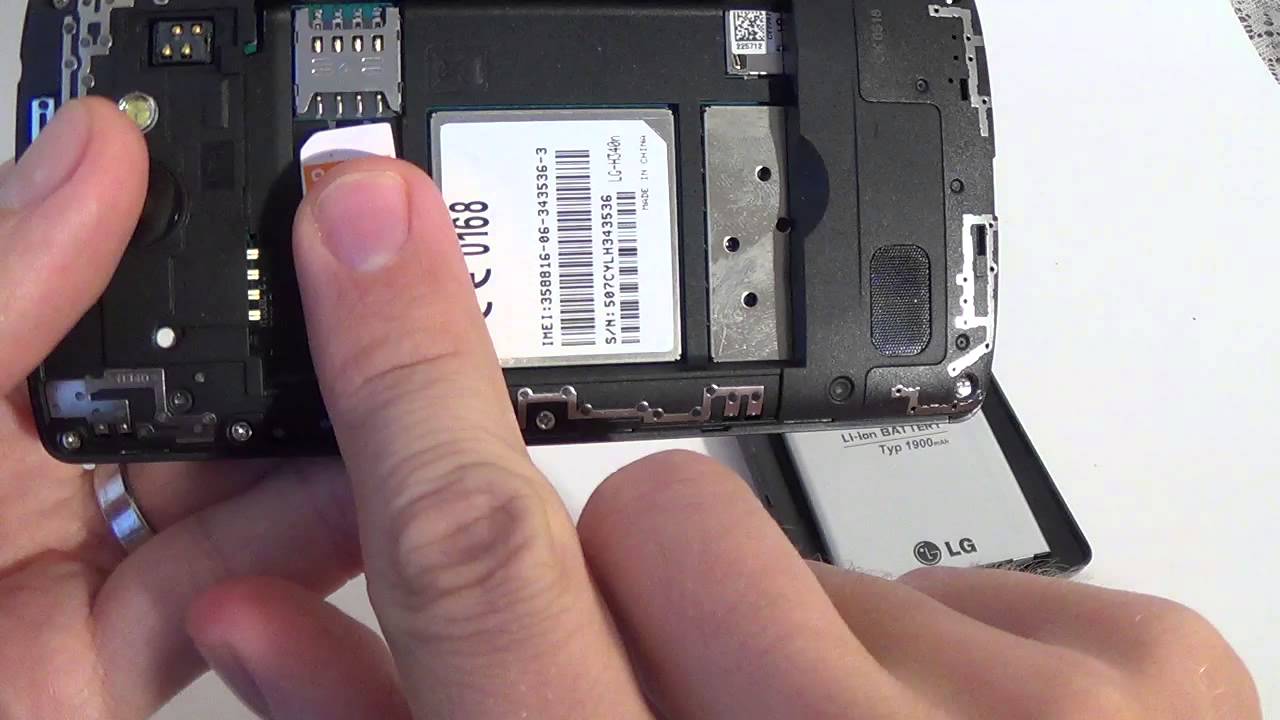Introduction
Removing a SIM card from a mobile device may seem like a simple task, but it's crucial to do it properly to avoid any damage to the card or the device itself. Whether you're switching to a new phone, troubleshooting network issues, or simply replacing your SIM card, knowing the correct procedure for removing it is essential. By following the proper steps, you can ensure that the process is smooth and hassle-free, allowing you to handle the delicate SIM card with care.
In the following guide, we will walk you through the step-by-step process of removing a SIM card from your mobile device. From powering off the device to safely ejecting the SIM card tray and removing the SIM card itself, each step is vital in guaranteeing a successful SIM card removal. By the end of this guide, you'll be equipped with the knowledge and confidence to handle this task with ease, knowing that you've taken the necessary precautions to safeguard your SIM card and device.
Let's dive into the detailed steps to safely remove a SIM card from your mobile device.
Step 1: Power off the device
Before removing the SIM card from your mobile device, it's essential to power off the device. This step ensures that the device is in a safe state for the SIM card removal process. Powering off the device prevents any potential damage to the SIM card or the device itself, as it minimizes the risk of electrical interference or accidental manipulation of the device's internal components.
To power off your mobile device, locate the power button, typically located on the side or top of the device. Press and hold the power button until the power-off options appear on the screen. Select the "Power Off" or "Shut Down" option to initiate the device's shutdown process.
If your device has a physical home button, you may need to press and hold the power button along with the home button to power off the device. Refer to the device's user manual for specific instructions on how to power off your particular model.
Once the device is powered off, it's important to wait for a few seconds to ensure that all the internal processes have come to a complete halt. This brief waiting period allows the device to fully power down, reducing the risk of any residual electrical activity that could potentially interfere with the SIM card removal process.
By powering off your device before removing the SIM card, you're taking a proactive step to safeguard both the SIM card and the device. This precautionary measure sets the stage for a smooth and secure SIM card removal process, ensuring that you can proceed to the next steps with peace of mind.
With the device powered off, you're now ready to move on to the next step in the SIM card removal process, which involves locating the SIM card slot on your mobile device. This crucial step sets the foundation for safely accessing the SIM card and preparing it for removal.
Now that the device is powered off, let's proceed to the next step in the process of removing a SIM card from your mobile device.
Step 2: Locate the SIM card slot
Locating the SIM card slot on your mobile device is a crucial step in the process of removing a SIM card. The SIM card slot is where the SIM card is securely housed within the device, and it's essential to identify its precise location to proceed with the removal process.
The location of the SIM card slot varies depending on the make and model of the mobile device. In most cases, the SIM card slot is situated on the side of the device, often near the top or bottom. On some devices, the SIM card slot may be located on the back panel, requiring the removal of the device's back cover to access it. For devices with a removable battery, the SIM card slot may be positioned beneath the battery compartment.
To locate the SIM card slot on your specific device, refer to the user manual or documentation provided by the device manufacturer. The manual typically includes detailed illustrations or descriptions of the device's exterior features, guiding you to the precise location of the SIM card slot. Additionally, you can also search online for the location of the SIM card slot based on your device's make and model.
Once you've identified the SIM card slot, take a moment to inspect it closely. The slot is typically a small, rectangular opening with a pinhole or a small notch adjacent to it. This pinhole or notch is where the SIM card tray ejection tool or a small, pointed object, such as a paperclip, is inserted to eject the SIM card tray from the device.
It's important to handle the device with care during this step, ensuring that you don't inadvertently apply excessive force or pressure to the SIM card slot. Delicately locating the SIM card slot sets the stage for the subsequent step of ejecting the SIM card tray, allowing for a seamless and controlled removal of the SIM card from the device.
With the SIM card slot successfully located, you're now prepared to proceed to the next step, which involves ejecting the SIM card tray from the device. This pivotal step sets the stage for safely accessing the SIM card and initiating its removal from the mobile device.
Now that you've located the SIM card slot, let's move on to the subsequent step in the process of removing a SIM card from your mobile device.
Step 3: Eject the SIM card tray
Ejecting the SIM card tray from your mobile device is a critical step in the process of removing a SIM card. The SIM card tray securely houses the SIM card within the device, and safely ejecting it allows for seamless access to the SIM card for removal or replacement.
To eject the SIM card tray, you will need a SIM card tray ejection tool or a small, pointed object, such as a paperclip. Most mobile devices are packaged with a SIM card tray ejection tool, a small metal pin specifically designed for this purpose. If the ejection tool is not available, a paperclip can serve as an alternative, provided it is straightened out to create a small, pointed end for insertion.
Locate the pinhole or notch adjacent to the SIM card slot on your device. This pinhole is where the SIM card tray ejection tool or the small, pointed object is inserted to initiate the ejection process. Gently insert the tool or object into the pinhole, applying light pressure until you feel a slight resistance. This indicates that the tool has engaged with the internal mechanism of the SIM card tray.
Once you feel the resistance, exert a steady and gentle force to push the tool further into the pinhole. This action triggers the release mechanism within the device, causing the SIM card tray to partially protrude from the device. Carefully pull the SIM card tray out of the device, ensuring a smooth and controlled extraction.
It's crucial to handle the SIM card tray with care, avoiding any abrupt or forceful movements that could potentially damage the tray or the internal components of the device. As the SIM card tray slides out, it reveals the slot where the SIM card is housed, allowing for easy access to the SIM card itself.
With the SIM card tray successfully ejected, you've reached a pivotal stage in the SIM card removal process. The next step involves delicately removing the SIM card from the tray, ensuring that it's done with precision and caution to avoid any damage to the card.
Now that the SIM card tray has been ejected, let's proceed to the subsequent step in the process of removing a SIM card from your mobile device.
Step 4: Remove the SIM card
With the SIM card tray successfully ejected from your mobile device, the next crucial step is to delicately remove the SIM card from the tray. Handling the SIM card with care is essential to prevent any damage to its delicate components and ensure a smooth removal process.
Upon inspecting the SIM card tray, you will notice a designated slot where the SIM card is securely placed. The SIM card is typically positioned within a small, rectangular frame, ensuring a snug fit within the tray. To remove the SIM card, gently slide it out of the slot, using your fingertips to grasp the edges of the card.
It's important to exercise caution and precision during this step, as the SIM card is sensitive to physical damage, such as bending or scratching. Avoid applying excessive force when removing the SIM card, as any undue pressure could potentially cause the card to bend or become misshapen, rendering it unusable.
As you carefully slide the SIM card out of the tray, take note of its orientation and position within the tray. The SIM card features a distinctive notch or corner that aligns with a corresponding notch within the tray, ensuring the correct positioning of the card. When reinserting the SIM card or installing it in a new device, it's essential to maintain this alignment to ensure proper functionality.
Once the SIM card has been safely removed from the tray, place it in a secure location, such as a SIM card holder or a protective sleeve, to prevent any damage or loss. It's advisable to store the SIM card in a clean and dry environment, away from direct sunlight or extreme temperatures, to maintain its integrity.
By successfully removing the SIM card from the tray with precision and care, you've completed a pivotal stage in the SIM card removal process. The next step involves reinserting the SIM card tray back into the device, ensuring that it's securely in place for the device's subsequent operation.
Now that the SIM card has been safely removed from the tray, let's proceed to the subsequent step in the process of removing a SIM card from your mobile device.
Step 5: Reinsert the SIM card tray
After safely removing the SIM card from the tray, the next crucial step is to reinsert the SIM card tray back into the device. This step ensures that the SIM card is securely placed within the device, allowing for seamless functionality and connectivity.
Before reinserting the SIM card tray, take a moment to inspect the tray and the device's SIM card slot. Ensure that the tray is free from any debris or obstructions that could hinder its proper insertion. Additionally, check the SIM card slot on the device to verify that it is clean and free from any foreign objects that could interfere with the tray's reinsertion.
Carefully align the SIM card tray with the corresponding slot on the device, ensuring that it is positioned correctly for seamless insertion. The tray features a specific orientation that matches the slot, typically indicated by a small diagram or label on the tray itself. Aligning the tray correctly prevents any potential damage to the device's internal components and ensures a secure fit for the SIM card.
Gently slide the SIM card tray back into the device, applying light and even pressure to facilitate its smooth insertion. Avoid forcing the tray into the slot, as this could lead to misalignment or potential damage to the tray or the device. A gentle and controlled approach is essential to ensure that the tray seamlessly fits into place.
Once the SIM card tray is securely reinserted into the device, verify that it sits flush with the device's exterior, indicating a proper and secure fit. The tray should not protrude or feel loose, as this could indicate an improper insertion. Carefully inspect the tray to ensure that it is level with the device's surface, signifying a successful reinsertion.
With the SIM card tray securely back in place, power on the device to verify that the SIM card is recognized and functional. Powering on the device allows you to confirm that the SIM card is properly installed and that the device can establish connectivity with the network. Once the device is powered on, check for the presence of the network signal and any related indicators to ensure that the SIM card is operational.
By reinserting the SIM card tray with care and precision, you've completed the final step in the process of removing and reinstalling a SIM card in your mobile device. This ensures that the SIM card is securely in place, ready to facilitate seamless communication and connectivity within the device.
Now that the SIM card tray has been successfully reinserted, you've concluded the process of removing and reinstalling a SIM card from your mobile device.
Conclusion
In conclusion, the proper removal of a SIM card from a mobile device is a fundamental process that requires careful attention to detail and precision. By following the step-by-step guide outlined in this article, you can ensure the safe and effective removal of a SIM card, safeguarding both the card and the device from potential damage.
The initial step of powering off the device sets the stage for a secure SIM card removal process, minimizing the risk of electrical interference and ensuring a safe environment for handling the SIM card. Locating the SIM card slot and delicately ejecting the SIM card tray are pivotal steps that allow for seamless access to the SIM card, preparing it for safe removal.
Removing the SIM card with caution and precision is essential to prevent any damage to its delicate components, ensuring that it remains fully functional for future use. Reinserting the SIM card tray back into the device, with careful attention to alignment and secure fitting, completes the process, allowing for the seamless operation of the SIM card within the device.
By adhering to these meticulous steps, you can confidently remove and reinstall a SIM card in your mobile device, knowing that you've taken the necessary precautions to protect the SIM card and the device's functionality. Whether you're switching to a new device, troubleshooting network issues, or replacing your SIM card, following the proper procedure for SIM card removal is crucial for maintaining the integrity of both the card and the device.
It's important to note that while the process of removing a SIM card may seem straightforward, it requires a gentle touch and careful attention to detail. Mishandling the SIM card or neglecting the proper steps outlined in this guide could result in damage to the card or the device, impacting its functionality and connectivity.
In essence, the proper removal of a SIM card from a mobile device is a task that demands precision, care, and adherence to the recommended steps. By following this comprehensive guide, you can confidently navigate the process of SIM card removal, ensuring the continued functionality and integrity of both the SIM card and the mobile device.
Remember, when it comes to handling SIM cards and mobile devices, a cautious approach goes a long way in preserving their optimal performance and ensuring a seamless user experience.







